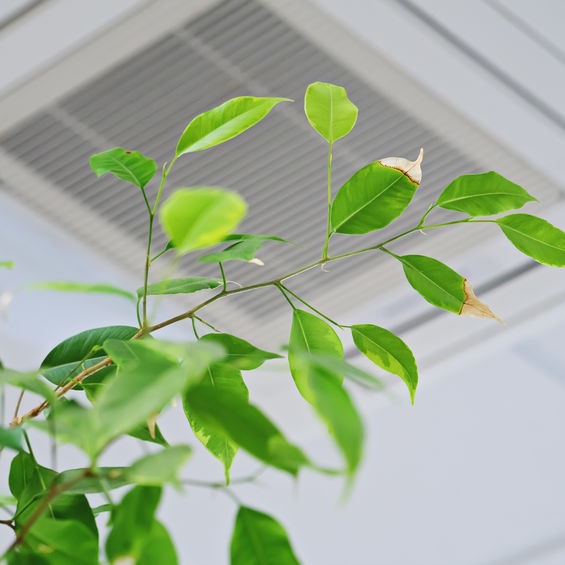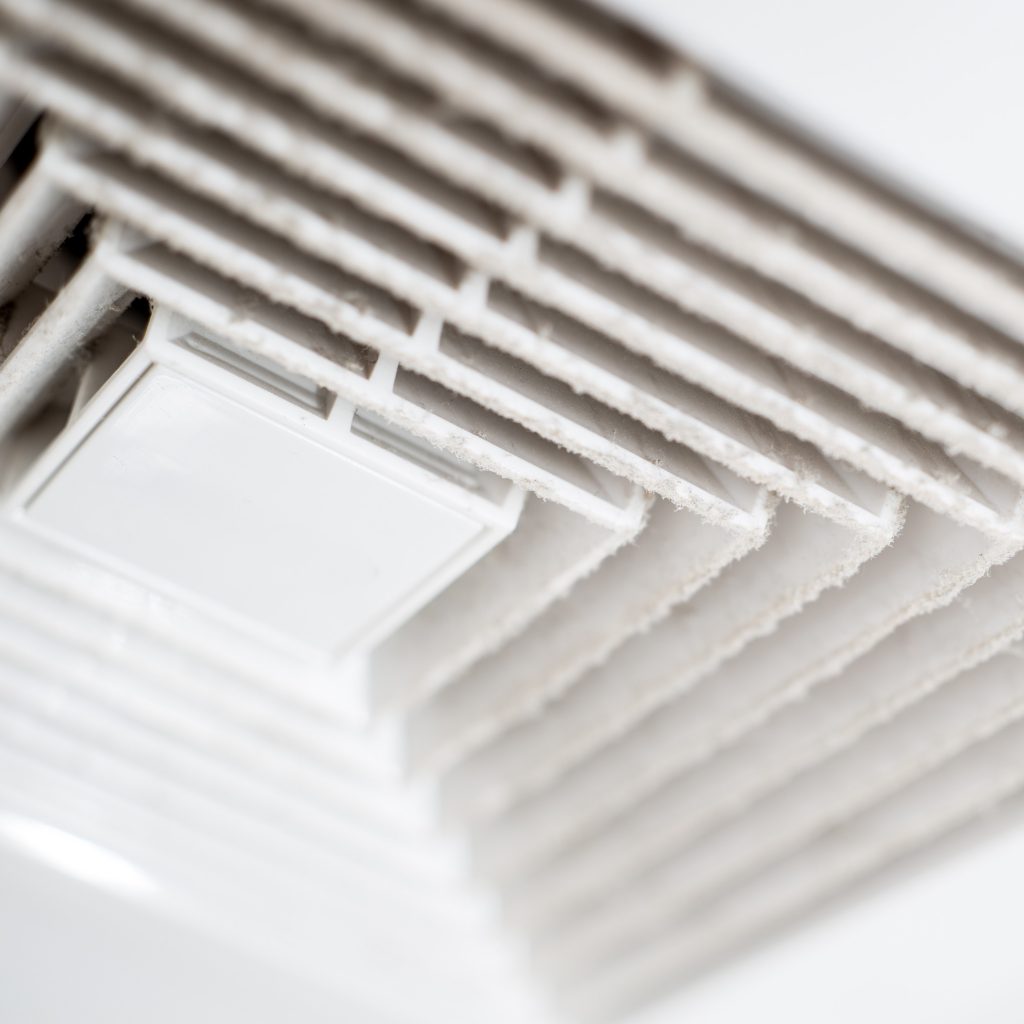
What is indoor air quality?
Your home is a place where you and your family should feel protected and safe. Protected and safe from the climate, uninvited strangers, and the environment. That includes the indoor air quality of your home. Contrary to standard beliefs that the outdoor air is worse with pollution than staying indoors, you may be surprised to learn it is actually worse inside your fortress of protection and safety. Yes, your home has unhealthy air, and your family is breathing it in every day and every night.
Indoor Air Quality (IAQ) represents the quality of the air inside your home, office, or other structures. Indoor air quality of a business can affect the health of the employees, customers, and visitors and the IAQ of your home can affect your family’s health. Sometime the health effects from poor indoor air quality is immediate and other times, it can take years.
What are the symptoms of bad air quality in the home?
Your family’s health is one of the best ways to determine if the indoor air quality of your home is bad. If any member for your family suffers from these things, it may not “just allergies” causing them:
- Congestion and coughing
- Sneezing and watery eyes
- Headaches
- Frequent nosebleeds
Pay close attention to anyone that shows these symptoms and if they didn’t show them until they had been in your home for period of time. Things that can cause poor indoor air quality include asbestos, off-gassing, and toxic mold spores. These can all create and lead to your family suffering extreme health consequences and developing into a chronic sickness including and beyond chills, dizziness, fatigue, fever, muscle aches, nausea/vomiting, rashes, and shortness of breath.
Your home could be telling you that you have poor indoor air quality too with things like:
- Dust Buildup: If you have a significant buildup of dust on surfaces and around the vents, your home probably has indoor air quality issues. Simply upgrading your air filter to an HEPA filter could be all the fix your home needs.
- Inconsistent Air Distribution: Does your home have cold and warm spots? This is indicative that your home has poor air distribution which probably means you have poor indoor air quality. Have your HVAC system professionally inspected and consider either new windows or having the windows tinted.
- Humidity Issues: The relative humidity in your home should be between 35% and 50% for ideal comfort and prevent the grown of microorganism. When there isn’t enough humidity, it creates a poor indoor air quality everyone suffers from dry and itchy eyes, sinus, and skin. There is n increase in upper respiratory infections and furniture begins to warp. When the humidity is too high, it creates the perfect setting for mildew, mold, and microbe growth. These things can be remedied by adding dehumidifiers and humidifiers.
- Mildew & Mold Growth: Mildew and mold growth typically happen when the relative humidity level is high the air circulation is poor. A musty odor accompanies mold issues with black and green spots around sinks, tubs, and other moist areas, all creating poor indoor air quality.
- Unpleasant Odors: A home with that musty, unpleasant odors of mildew and mold will usually have a pest infestation, and decomposition of dirt, debris, and dust on surfaces in your home.
What are the 4 major indoor air pollutants?
The Environmental Protection Agency says there are thirteen common sources for indoor air pollutants within four categories:
- VOC
- Biological pollutants
- Combustion byproducts
- Legacy pollutants
Yes, polluted air isn’t just from factories and vehicles. Four of the most common factors to poor indoor air quality are:
- Carbon Monoxide – an invisible and odorless gas from fossil fuels.
- Radon – a colorless and odorless gas from uranium breaking down in the Earth.
- Nitrogen Dioxide – a corrosive and toxic gas.
- Secondhand smoke – containing over 4,000 chemical ingredients from tobacco smoke
How do you test indoor air quality?
Technology today provides us a less expensive and smaller types of indoor air quality tests using sensors. By strategically placing these sensors around your home as instructed, one very ten thousand square feet is recommended, you’ll be able to test your home for measurement of the following pollutants:
- Carbon monoxide
- Formaldehyde
- Humidity
- Particulate matter
- Radon
- VOC’s
There are sensors that can measure bioaerosols, methane, and more that can all effect the indoor air quality of your home.
How much does an indoor air quality test cost?
There are indoor air quality testing kits for various pollutants you can purchase for as little as $10.00 at your local hardware or big box home improvement stores. Along with those kids, you an also purchase alarms for carbon dioxide, fire alarm, smoke alarm, and radon.
Or you can have your home tested by a professional, with rates starting around $250.00 up to $500.00 and more. The professional tests are more detailed and extensive, including samples collected for analyzing. The more extensive testing, the more it will cost and the longer it will take to get results.

How can I improve indoor air quality?
There are several ways on How to indoor air quality improvements. Once is having an air purifier installed in your home that is fitted to your HVAC unit or the air duct system. You can also purchase portable room air purifiers. Other things you can do to improve your home’s indoor air quality are:
- Change or clean the air filter in your HVAC system.
- Change other air filters like the vent-a-hood and exhaust fans.
- Have the air ducts professionally cleaned.
- Use the vent-a-hood and exhaust fans once a week even if you’re not bathing or cooking.
- Have the carpets and rugs professional cleaned.
- Keep the humidity in your home controlled.
- Buy plants for indoors and place around your home.
Need help with indoor air quality in Orange, CA? Call (714) 464-6622 today.
